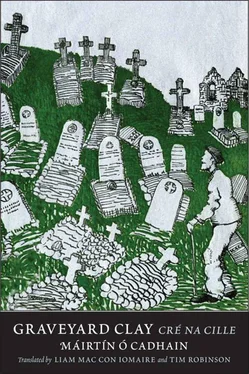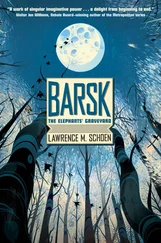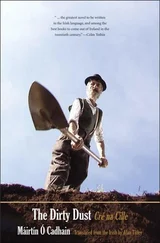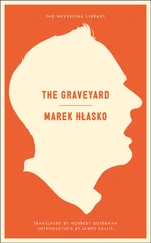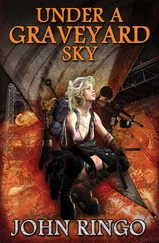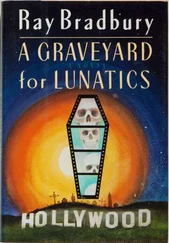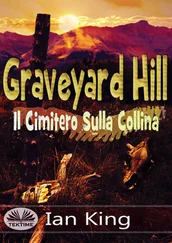Máirtín Ó Cadhain
Graveyard Clay: Cré na Cille
AN INTRODUCTORY NOTE. A Biography of Máirtín Ó Cadhain (1906–1970)
Cré na Cille ( Graveyard Clay ) is the most acclaimed work by Máirtín Ó Cadhain, writer, teacher, academic, and language activist, who was born in the townland of Cnocán Glas (green hillock) near An Spidéal (Spiddal), in the coastal region known as Cois Fharraige (by the sea), in the south Conamara Gaeltacht (Irish-speaking region). In spite of its proximity to Galway city, about twelve miles away, Cnocán Glas was wholly Irish-speaking. Because the formative years of his life were spent in this community, Ó Cadhain escaped the influence of a secondary boarding school in an English-speaking area, to which most Irish speakers were of necessity subjected at an early age, if they were to get any post-primary education. That accounts, in part, for the depth of his knowledge of the spoken language, but his parents, of course, were a major influence. Both his mother, Bríd Óg Nic Conaola, and his father, Seán Ó Cadhain, were traditional storytellers, as were his grandfather and his uncle and other relations; and his brother Seosamh, who assisted in the editing of the English-Irish Dictionary (Dublin, 1959), had a remarkable knowledge of the vocabulary and idiom of Conamara Irish.
Ó Cadhain himself declared in Páipéir Bhána agus Páipéir Bhreaca (Blank Papers and Speckled Papers), a public lecture he delivered to Cumann Merriman, the Irish cultural organisation, in 1969, at which time he had come to be considered by many as the foremost modern Irish writer, in Irish or English: “The most valuable literary instrument I got from my people was the spoken language, the natural earthy pungent speech, which sometimes starts dancing and sometimes weeping, in spite of me” (translated from the Irish). 1In later life he acquired many other languages, including English, Scottish Gaelic, Welsh, Breton, Russian, Spanish, German, French, and Italian.
At the age of eighteen he won a scholarship to St. Patrick’s College in Dublin, the largest primary teacher training college in Ireland, where he spent the years 1924–1926, after which he returned to the Galway Gaeltacht and taught in various schools there until 1936. A copy of the magazine Honesty , which he had read while at the training college, had aroused his interest in republicanism.
His earliest contribution to scholarship was a collection of folktales he made for the Irish Folklore Commission, recorded mainly from his parents. Some of these folktales were published in Béaloideas: The Journal of the Folklore Society of Ireland in December 1933, December 1935, and June 1936. Ó Cadhain was a lifelong collector of old songs in Irish. A rich collection of traditional Conamara songs he had made while principal at Camas National School in the late 1920s, edited by Ríonach uí Ógáin, was published by Iontaobhas Uí Chadhain (the Ó Cadhain Trust) and Coiscéim in 1999, entitled Faoi Rothaí na Gréine (Under the Wheels of the Sun).
He never relaxed in his efforts in the defence of the Gaeltacht (Irish-speaking) communities against the ever-increasing pressures from outside. In the early 1930s he was pivotal in persuading the Irish government to acquire better holdings in County Meath for Irish-speaking families from his native Conamara, thereby forming the nucleus of what was to become, in his own lifetime, the vibrant Ráth Chairn Gaeltacht. In later life in Dublin in 1966 he led Misneach (Courage), a small group of likeminded young people, in protests against the government’s neglect of the Irish language, and shortly before he died he travelled all over the Conamara Gaeltacht, canvassing support for the newly formed Gaeltacht Civil Rights movement and its candidate for the Galway West constituency in the 1969 general election.
In 1936 his membership of the proscribed Irish Republican Army led to his dismissal from Carnmore National School in East Galway by his clerical manager, Canon Patrick J. Moran, and the then bishop of Galway and Kilmacduagh, Dr. Thomas O’Doherty. Blacklisted as a national teacher, Ó Cadhain found employment in the Fáinne Office in Dublin, where a ring-shaped badge, or “fáinne,” could be purchased, to be worn on the collar of one’s coat or jacket as a sign of one’s ability and willingness to speak Irish to other Irish speakers. He also worked as a labourer on a building site in Dublin and on a government employment scheme, stacking and distributing turf (peat) in Phoenix Park during the Second World War.
In 1937 his special knowledge of the Irish language was recognised by the Department of Education when he was invited to contribute to a projected Irish dictionary. His collections of words and phrases from the living speech of Conamara were used extensively in the preparation of the department’s English-Irish Dictionary (1959) and again in its Irish-English Dictionary (1977).
In 1939 his first book, Idir Shúgradh agus Dáiríre (Between Jest and Earnest), a collection of short stories, was published by An Gúm (Government Publications). In it his own people in Conamara are portrayed with insight and sympathy, and with an honesty that makes no attempt to conceal the harsh realities of life in a depressed rural community. Although the book was favourably received, Ó Cadhain himself knew he hadn’t yet found the style or form of writing that suited him. Nevertheless, in these early stories he begins to explore narrative forms of various lengths, while experimenting with established literary conventions. Around this time, in the latter half of 1939, he had a momentous experience that steeled his resolve to be a writer:
One day I found an old copy of a French magazine, for a penny I think, in a bookshop in Aungier Street in Dublin, something that was as much of an eye-opener to me as what happened to Saint Paul on the road to Damascus! In it I came across a French translation of a story by Maxim Gorky, Harvest Day among the Cossacks of the Don . I jumped up off the bed where I was lying down reading it. I hadn’t read the like of it before. Why didn’t anybody tell me there were such stories? “I would be able to write that,” I said to myself. “That’s work my people do, except that they have different names.” A sort of hunger came over me, a hunger that was much more unbearable than the sort that was in my stomach at times. Cois Fharraige, with its stony ground, its bare rocks, its inlets, streams, pools, lakes, mountains, with the faces of man, woman and child, began creating itself behind my closed eyelids. That magazine was in my pocket, and very little else, the day I was arrested. 2
Ó Cadhain was arrested in September 1939 under the Offences against the State Act and spent nearly five years between three or four prisons; most of that time was spent in the internment camp on the Curragh of Kildare. While in captivity he read widely in many languages and taught himself the sort of dialogue he was to use afterwards in his two novels. Influenced by Gorky and others, he set about developing his own particular kind of short story, and he wrote An Bóthar go dtí an Ghealchathair (The Road to Brightcity) and An Taoille Tuile (Floodtide) in the Curragh Camp; they would not appear in print until much later. “Those were really the days,” he said, “I started writing in earnest.” 3He edited the internees’ (news)paper Barbed Wire in the camp for a period and wrote for it in Irish and English. He translated many songs into Irish, including the “Red Flag” and the “Internationale” and other songs that were popular with the internees, such as “The Shawl of Galway Grey,” “Moonlight in Mayo,” and “The Boys of Kilmichael.”
Читать дальше
